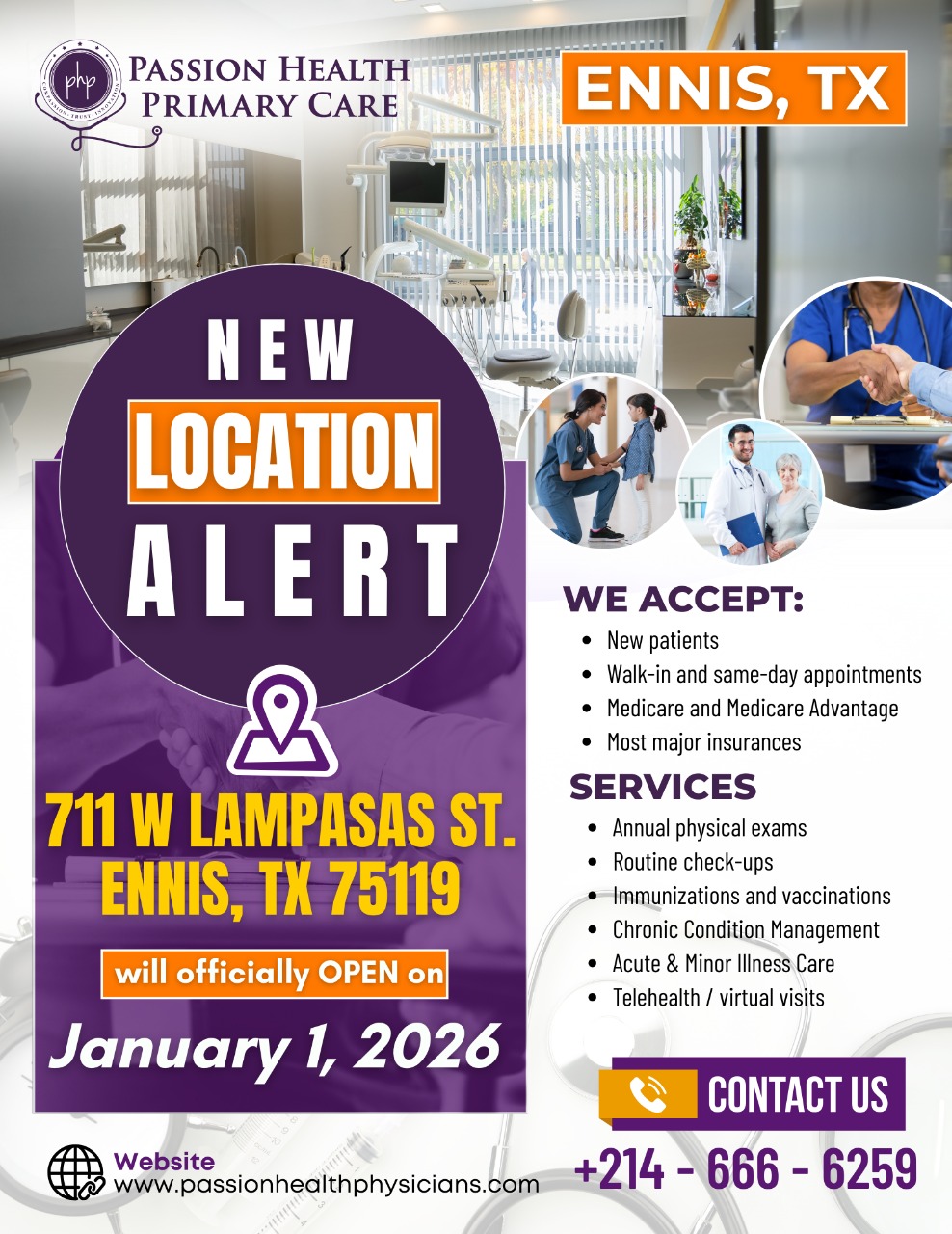National Updates
A new report shows that states reporting adult obesity rates of 35% or higher dropped from 23 in 2023 to 19 in 2024—the first improvement in over a decade. But health experts caution the gains may be fragile given budget and workforce cuts in public-health programs. AP News
The federal public-health workforce is facing severe disruption: around a quarter of the Centers for Disease Control and Prevention (CDC) staff have left or been laid off through 2025, including key disease-surveillance and immunization teams. The Guardian+1
Texas Updates
Because of the national public-health infrastructure strain and regional infectious-disease risks, Texas providers should ramp up preventive care and communicable-disease vigilance now—especially ahead of winter respiratory season, when the weakened surveillance may delay early warning detection.
Global Health Alerts
The World Health Organization (WHO) has launched version 2.0 of its “Epidemic Intelligence from Open Sources” (EIOS) system, used globally to identify emerging health threats. The upgrade includes more than 110 countries and 30 partner organisations, enhancing early-warning capacity in a fragmented global-health landscape. World Health Organization
Former CDC Director Tom Frieden warns the U.S. is retreating from global‐health leadership, with reduced funding, weakened programs, and diminished global collaboration—potentially costing lives worldwide. Le Monde.fr
Clinical Tips for Providers
With obesity still very high but showing first signs of plateauing, leverage office visits to emphasise weight-management, nutrition, and physical activity interventions.
Given CDC staffing losses and weakened disease-tracking, consider local-level strategies for outbreak detection: ask about travel/contacts, reinforce vaccination, maintain higher index of suspicion.
For Texas: maintain heightened vigilance for vector-borne, respiratory and vaccine-preventable diseases; ensure staff are alert despite federal capacity gaps.
Discuss global-health implications with patients: even if a pathogen emerges elsewhere, surveillance gaps globally (including U.S.) mean delays in detection and response—reinforcing everyday preventive care’s importance.






